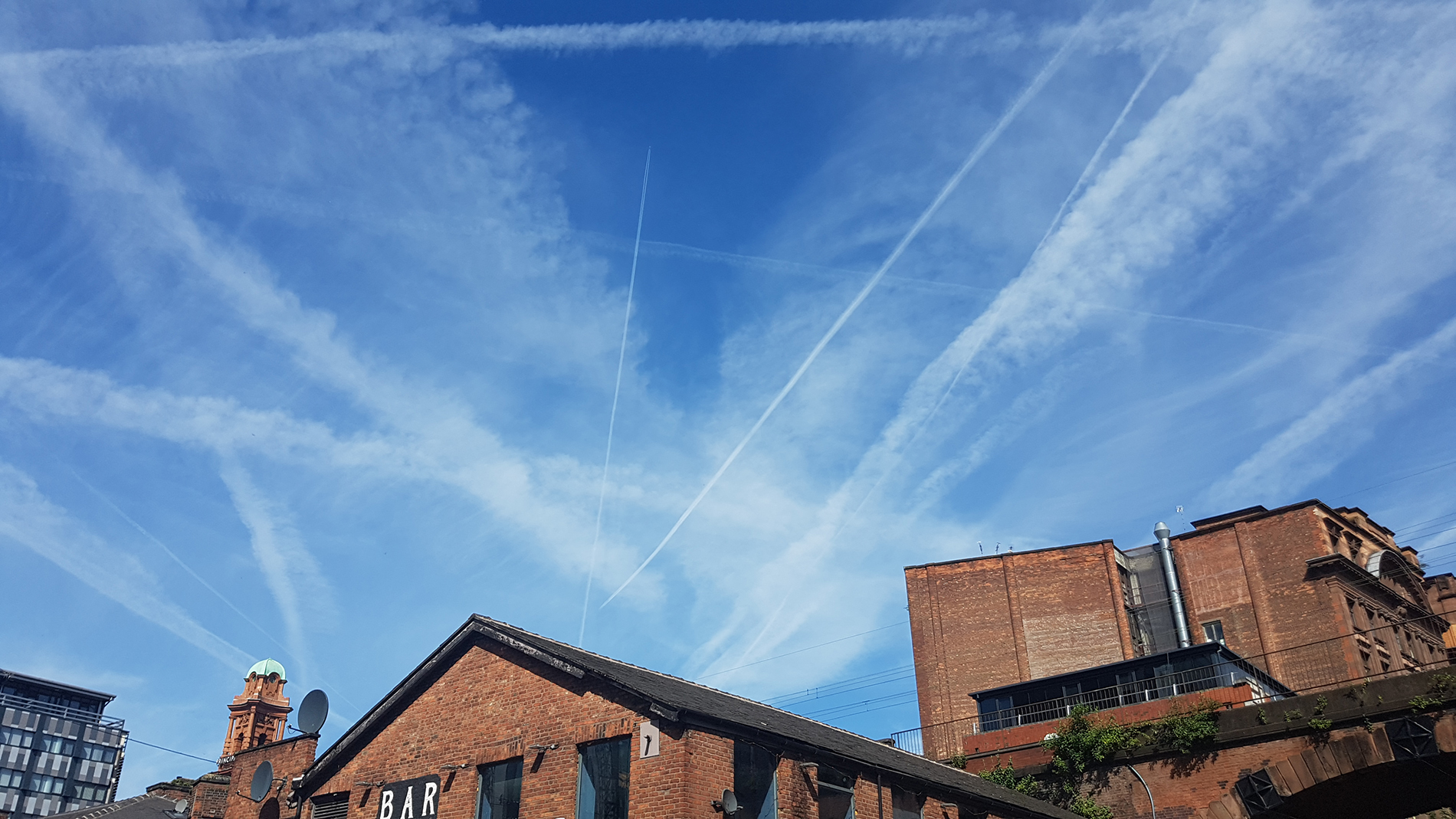- 200 years
- Study
- International
- Business and employers
- Research
- About us
Projections show a 33-50% CO2 increase by 2030

President Trump pulling the US out of the Paris climate agreement has attracted widespread criticism and commentary on the implications. Whilst this potentially withdraws the US from a commitment to reduce its greenhouse gas (GHG) emissions, principally CO2, individual US Federal States and companies may try to press ahead with the suggested commitments of Paris.
Climate Action Tracker, an organisation that tracks progress towards the globally agreed aim of holding global warming well below 2°C, and pursuing efforts to limit warming to 1.5°C, has suggested that Trump’s policies could result in an increase of 400 million tonnes of CO2 from the US in 2030 over its previous Paris pledges.
But how does aviation fit into all this?
“It is complicated”, explains Professor David Lee of Manchester Metropolitan University’s Centre for Aviation, Transport and the Environment.
“Aviation falls into two categories in terms of its CO2 emissions – domestic aviation, which is accounted for by the country that emits it, and international aviation, which falls to the International Civil Aviation Organization (ICAO), thus Trump’s actions affect any potential reduction of US domestic aviation emissions, which currently comprise 49% of global domestic aviation CO2 emissions.”
Dr Sarah Freeman, also from CATE, has been analysing how aviation emissions of CO2 may fit into the Paris Agreement pledges as part of a wider project within CATE.
“I realised that my previous analysis, which had assumed that the US may reduce its domestic aviation emissions proportionally to other emissions as a part of its Paris pledge, might be significantly affected, so needed to update my calculations,” she said.
Dr Freeman found that under a simple assumption of the US reducing its domestic aviation CO2 emissions in proportion to its Paris pledge, this would result in a reduction of US domestic aviation CO2 emissions of 85 million tonnes, which is a ~50-56% reduction over business-as-usual projected US 2030 emissions, which would have been a decrease on 2005 levels.
However, in a scenario of these reductions not happening, US domestic aviation emissions of CO2 are projected to increase by 33-50% over 2005 levels.
Dr Freeman explains: “The Paris Agreement is a bottom-up pledge arrangement – it does not prescribe how signatory states reduce their emissions, so in my calculations, I simply assumed a case of the aviation sector proportionally reducing CO2 emissions to states’ pledges.”
With the US withdrawing from the Paris Agreement, under a simple assumption of proportional decreases, the US could be around 64% of global domestic aviation CO2 emissions in 2030.
Dr Bethan Owen, of CATE, who did the complex underlying projections of aviation emissions, said: “The US currently represents 49% of global domestic aviation CO2 emissions, which is by far the largest individual contribution. This is projected to be around 33% in 2030 in a business-as-usual scenario, so that if they drop out and their aviation emissions are affected in this proportional manner, it will make a large impact on this sector’s emissions.”
Background
Aviation is currently around 2.3% of global CO2 emissions, but is expected to grow over the coming decades despite technological improvements and limited use of biofuels. Meanwhile other sectors are expected to decrease their emissions as part of the Paris Agreement. International emissions of CO2 from aviation are about 62% of the total, and ICAO has recently developed an offsetting mechanism, ‘CORSIA’, by which it hopes international aviation emissions of CO2 will be limited or reduced. Nonetheless, global domestic emissions are still around 38% of total aviation emissions and half of those are US domestic aviation emissions. CATE has performed extensive analysis work for the UK, which has fed into the development of the ICAO CORSIA offsetting proposal, and also ICAO’s projections of aviation CO2 emissions.
NOTES FOR EDITORS
For more information, please contact Chris Morris, Press Officer, Manchester Metropolitan University. Tel: 0161 247 2184. Email: c.morris@mmu.ac.uk.
For more information about the Centre for Aviation, Transport and the Environment, see: http://www.cate.mmu.ac.uk/.
Friday, 16th June 2017
